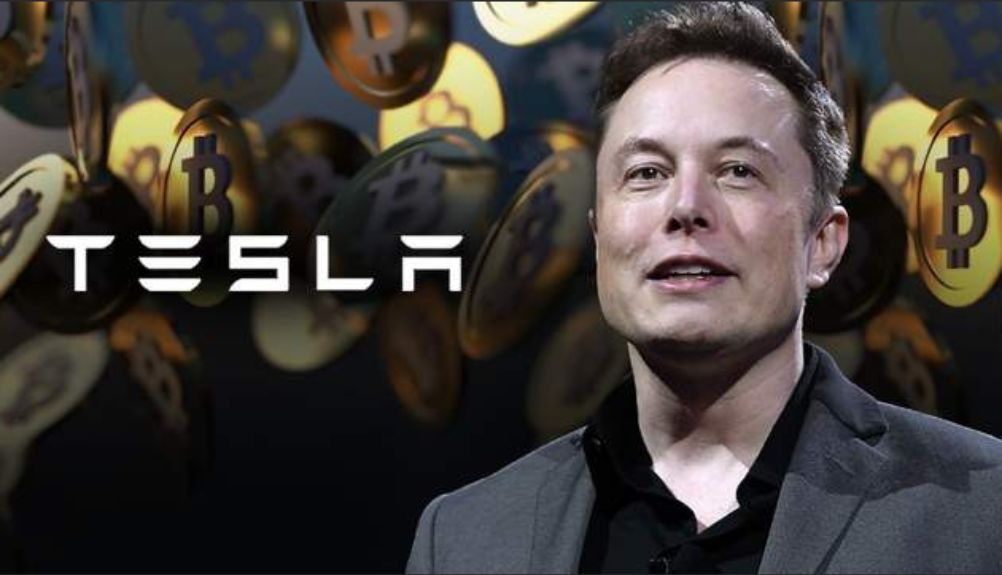On November 6, 2025, Tesla shareholders approved CEO Elon Musk’s compensation package worth up to 1 trillion USD with a support rate of over 75%. This unprecedented incentive plan in corporate history aims to deeply bind Musk’s personal wealth to Tesla’s next decade, jointly moving toward a more ambitious era of strategic transformation.

I. Core Content of the Compensation Plan
This compensation plan is essentially a ten-year performance-based agreement. Musk’s income is entirely tied to Tesla’s market value and operating performance. The plan sets clear phased targets that Musk must achieve one by one to receive newly issued Tesla shares as rewards in batches.
Market Value Targets
● Tesla’s market value needs to start from the current approximately 1.5 trillion USD and ultimately reach 8.5 trillion USD.
● Specifically, when the market value reaches 2 trillion USD, Musk will receive the first reward.
● After that, for every 500 billion USD increase in market value (up to 6.5 trillion USD), he will receive another nine rewards.
● If the market value continues to grow in 1 trillion USD increments up to 8.5 trillion USD, he will receive the final two rewards.
Operational Targets
The plan also sets extremely high requirements for Tesla’s actual business operations:
● Financial Performance: Annual adjusted profit must ultimately reach 40 billion USD.
● Product Delivery: Accumulate delivery of 20 million vehicles and sell 1 million “Optimus” humanoid robots.
● Technology Implementation: Achieve commercial operation of 1 million fully autonomous robotaxis and develop 10 million active Full Self-Driving (FSD) subscription users.
If all targets are met, Musk will receive about 423.7 million Tesla shares, increasing his shareholding from about 13% to 25%. At that time, the value of this equity will be about 1 trillion USD.
II. Strategic Transformation and Potential Challenges
This compensation plan is seen as key to ensuring Musk’s long-term retention and leadership in Tesla’s strategic transformation. Tesla’s board has made it clear that the plan is designed to incentivize Musk to drive the company’s transition from an electric vehicle company to a comprehensive technology giant integrating artificial intelligence and robotics.
Focus on AI and Robotics
● At the shareholders’ meeting, Musk himself also outlined the company’s future vision, stating that Tesla is not just starting a new chapter, but “opening a whole new book.” The core strategic focus will revolve around the development and commercialization of autonomous robotaxis (Cybercab) and the humanoid robot “Optimus.”
Risks and Controversies
Although the plan passed with a high vote, its formulation and implementation still face challenges:
● Historical Lessons: Tesla’s 2018 compensation plan for Musk, although performance targets were achieved ahead of schedule, the compensation worth over 50 billion USD has not yet been approved by U.S. courts. This trillion-dollar plan may also face the risk of judicial review.
● Institutional Opposition: The world’s largest sovereign wealth fund—Norwegian Sovereign Wealth Fund—has publicly opposed the compensation plan, reflecting concerns among some institutional investors about the company’s governance structure.
III. Impact on the Cryptocurrency Market
The approval of Musk’s compensation plan not only concerns Tesla’s future but has also attracted widespread attention in the cryptocurrency market, especially in Dogecoin (DOGE), which is closely associated with Musk.
Musk and Dogecoin’s Linkage Effect
● Musk is often referred to as the “Father of Dogecoin” by the community due to his long-term support and influence on Dogecoin. Historical data shows that Musk’s public statements have repeatedly triggered short-term sharp fluctuations in DOGE prices. For example, Reuters reported in April 2023 that Dogecoin surged after Musk changed Twitter’s logo to the Dogecoin image.
Market Signals from the Compensation Plan
● The approval of this compensation plan sends a positive signal to the crypto market: Musk will continue to serve as Tesla’s core leader, focusing on driving cutting-edge technological innovation, including artificial intelligence. This expectation of long-term stable leadership has strengthened market confidence in his continued influence and in related cryptocurrencies such as Dogecoin.

IV. Governance Insights for the Crypto Industry
The core logic of Musk’s “sky-high” compensation plan lies in ultra-long-term, phased, and tightly performance-linked mechanisms that deeply bind the interests of key figures (Musk) with the long-term development of the company (Tesla). This model provides valuable reference for the crypto industry, where governance mechanisms are still immature.
Incentive Models Worth Learning From
Crypto projects can refer to this framework to design more comprehensive incentive models:
● Long-term Lock-up: Project tokens can be locked for 8-10 years, unlocking in multiple phases.
● Dual Targets: Each phase’s unlocking must simultaneously meet market value growth and technology/ecosystem development targets.
● Smart Contract Execution: Use smart contracts to automatically execute unlocking conditions, ensuring transparency and no human intervention.
This “Musk-style” governance framework is expected to address current pain points in the crypto industry, such as project teams cashing out quickly after token issuance and slow technology implementation, promoting a true community of shared interests between project teams and community investors.



